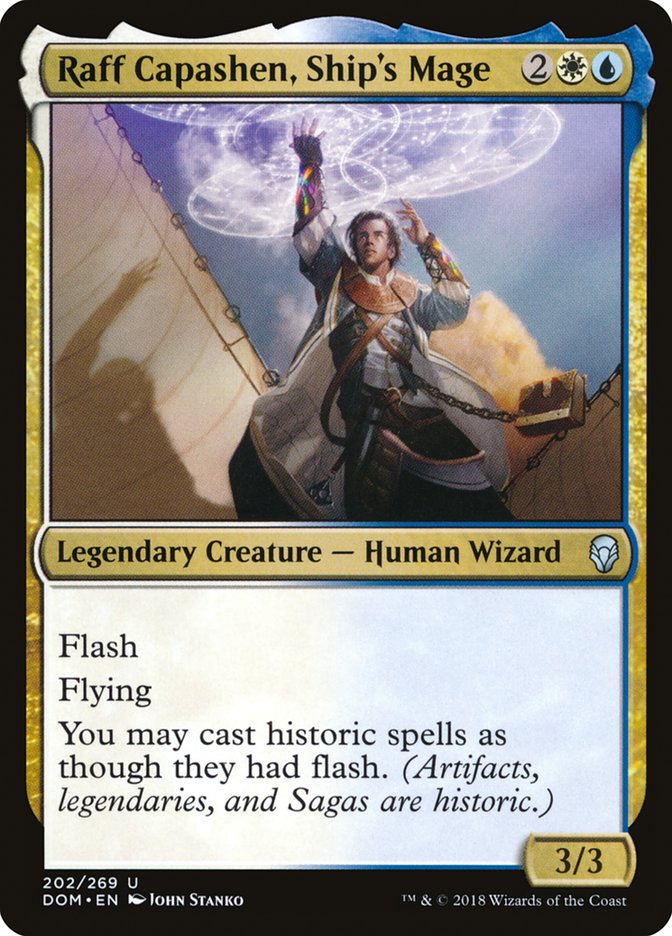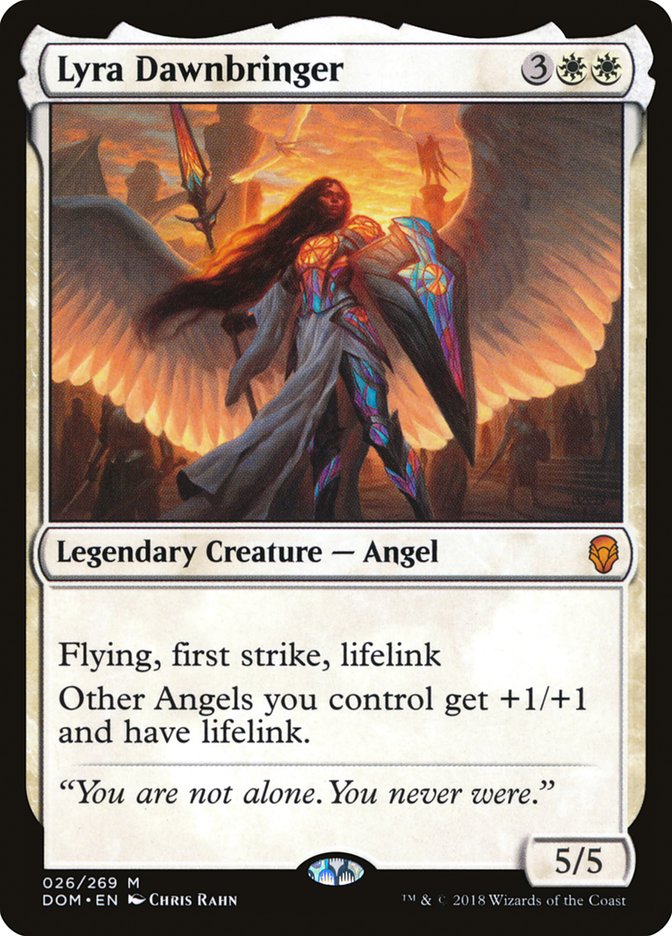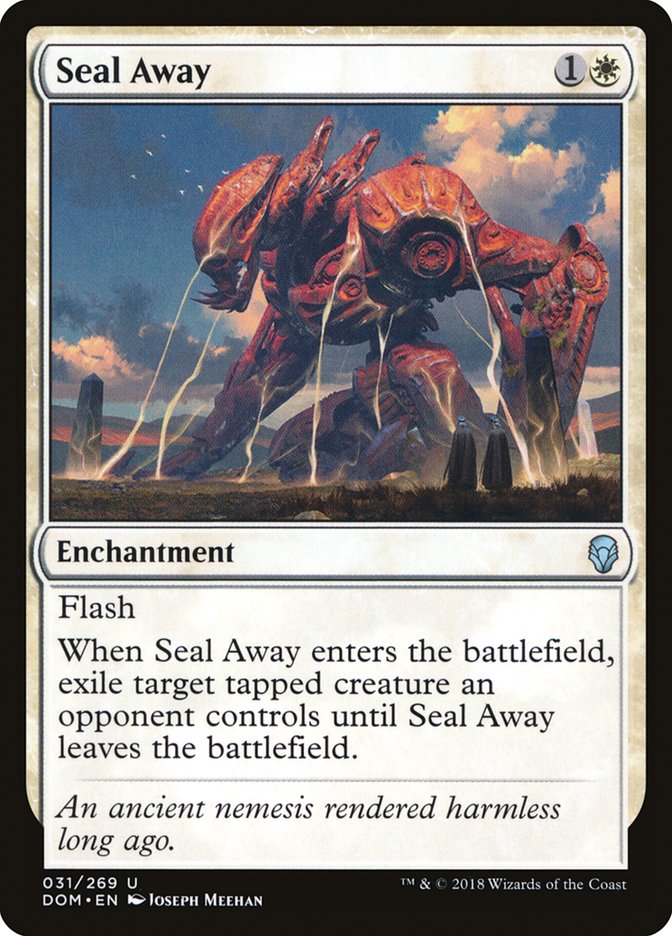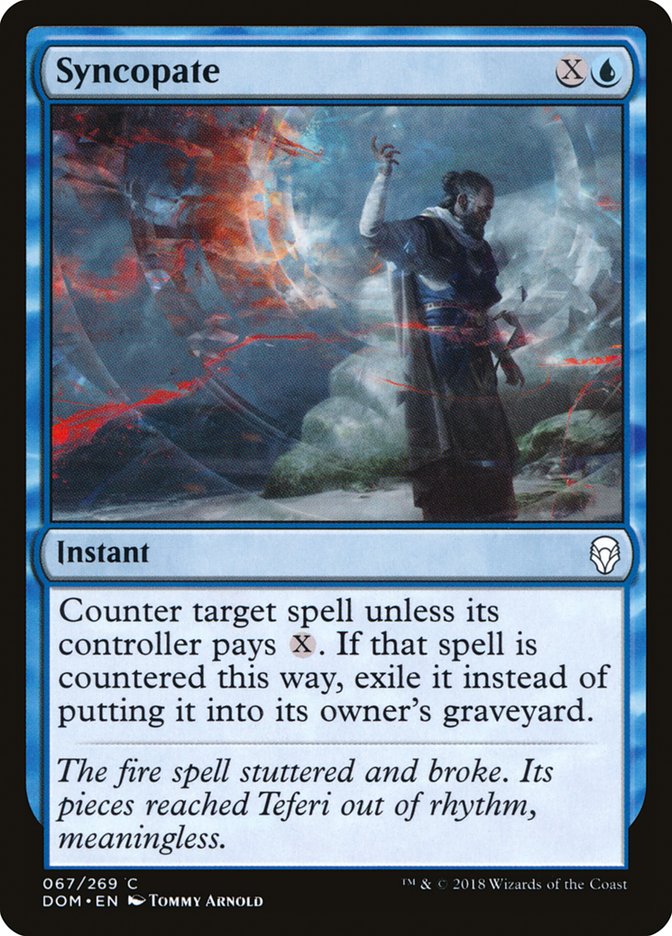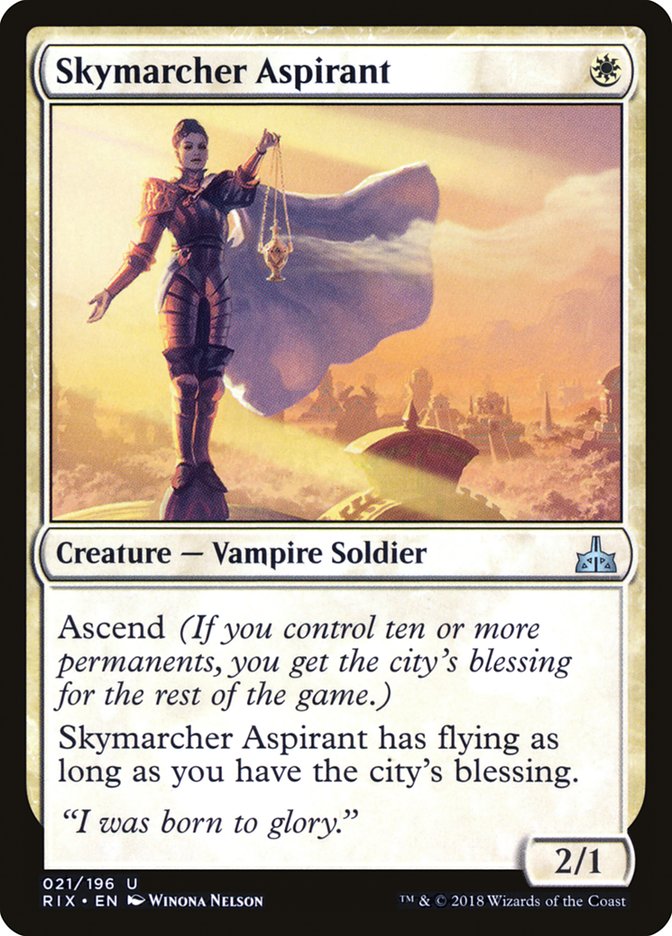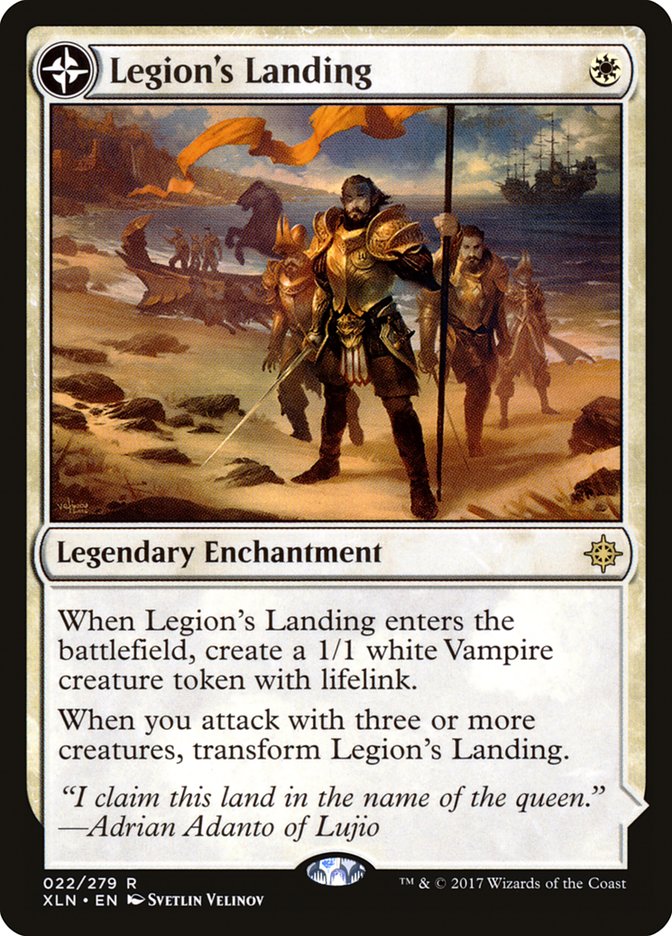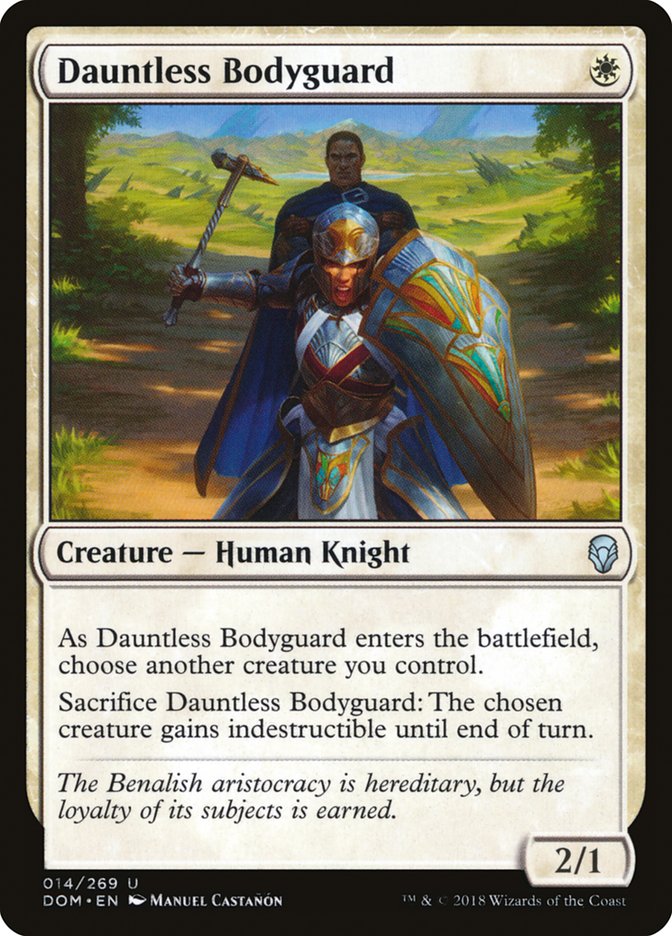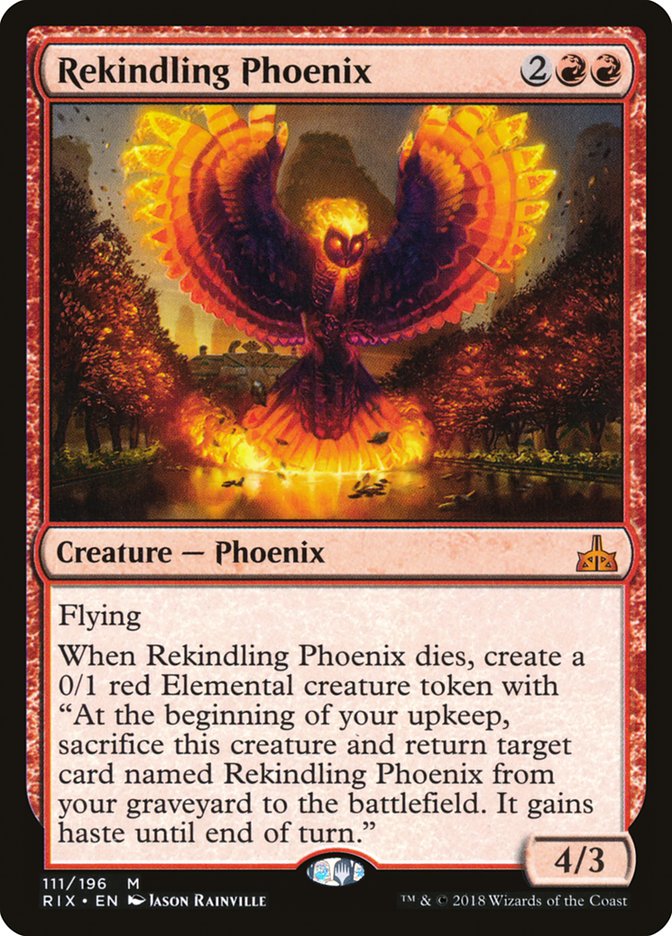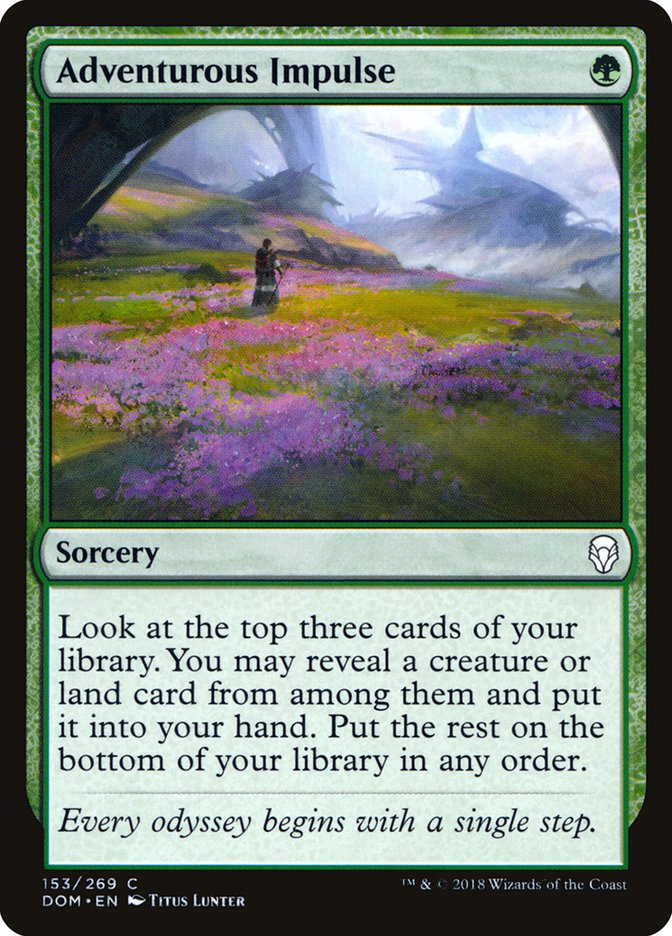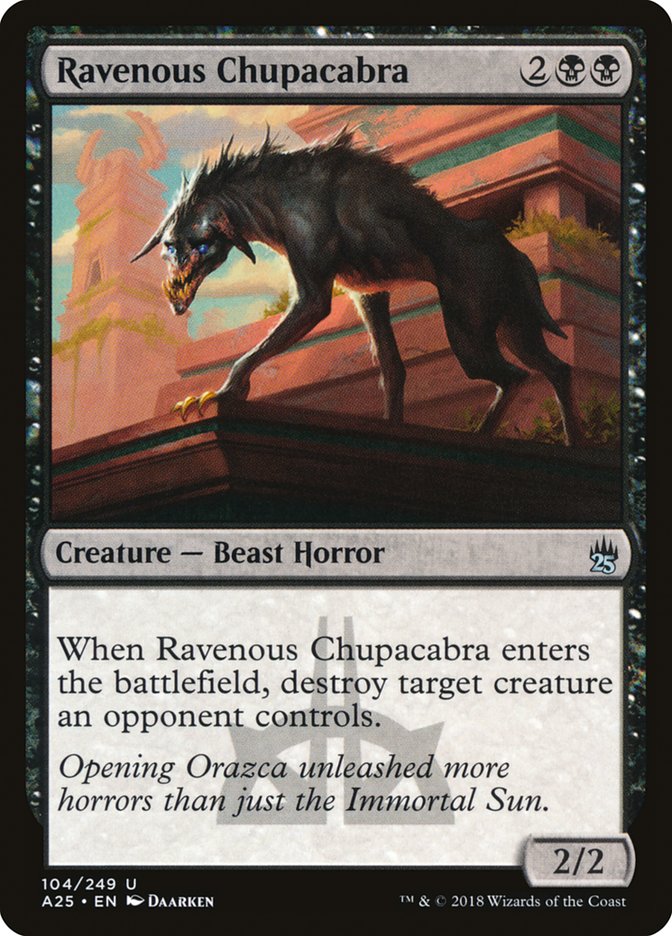I’ve been playing a lot of Standard over the last few days. Thanks to the release of Dominaria on Magic Online, all the new cards are within my grasp with enough other hungry competitors to test them out. And since I’ve been able to play 30 or so matches since the release, with multiple decks, I think I’ve garnered enough information to share with you just how some of the key cards in Dominaria are going to impact Standard.
My gut instincts told me that both History of Benalia and Teferi, Hero of Dominaria were going to be great cards. Not only are they powerful, they can also go in a number of shells. As always, the trick will be getting the numbers of the supporting cast just right, but we still have a few more days before SCG Atlanta.
My first impression of History of Benalia is that the card is great at producing tokens, but the third ability is not something we should be too focused on. The buff to all your Knights is, in my opinion, a trap. I would much rather build an aggressive white deck using History of Benalia as a cheap way to generate multiple threats and have the tail end of History of Benalia just be icing on the cake. If you use Gatherer to search for Knights, you’re going to come up with a bunch of creatures that just don’t cut it. Instead, let’s try to build around History of Benalia in a different way.
Creatures (15)
Planeswalkers (3)
Lands (25)
Spells (17)

While this looks very little like the U/W Flash decks of old, the gameplan remains the same. Hold up mana on your turn, if possible, and deploy all your threats and answers when it is most inconvenient for your opponent. Luckily, this little gem that went under the radar gives the deck a bit of a boost.
I underrated this card initially. Uncommon legendary creatures are, after all, usually a bit of a letdown. However, Raff Capashen, Ship’s Mage gives you the freedom to cast all of your heavy hitters whenever you want. And while you won’t get to use your Teferi, Hero of Dominaria loyalty ability immediately, there is a lot of value on being able to cast it during your opponent’s end step.
But Raff doesn’t just let you cast Teferi at instant speed. It also gives you a Baneslayer Angel equivalent in the middle of combat to tear your opponent up.
Lyra Dawnbringer has been overhyped, for sure, and will be a bit worse than Regal Caracal in a number of situations, but the fact that you can cast Lyra Dawnbringer at instant speed is ludicrous. Not only do you ambush your opponent, killing a creature and gaining five life, you can also force your opponent into some tough situations by having them play around Settle the Wreckage. If they don’t attack with their creatures, you can just cast Lyra Dawnbringer and get to work on shrinking their life total.
What I love about this deck is how hard it will be for your opponent to play around everything. Supreme Will is a perfect bridge card here, slowing your opponent down or digging for a Settle the Wreckage. Merfolk Trickster can ambush creatures, removing their abilities or just comboing with Seal Away. And if all else fails, you can just cast History of Benalia and start pressuring your opponent’s life total.
I love everything about this deck. Will it struggle on occasion with aggressive strategies? For sure. But that’s just the name of the game when it comes to decks without a ton of cheap removal. Seal Away has to do some heavy lifting, but that’s why it’s in the deck.
The sideboard is a work in progress, but I absolutely love the thought of going Raff Capashen, Ship’s Mage at the end of your opponent’s turn, followed by an Urza’s Ruinous Blast to clean everything up. And the fact that you can cast Urza’s Ruinous Blast at instant speed is just gravy. Your opponent is trying to play around Settle the Wreckage and/or Lyra Dawnbringer? Cool. Exile everything during your end step, nerd.
Authority of the Consuls in high numbers shouldn’t be news by now. Hazoret the Fervent and company can hit you for a ton of damage in the early turns and have some explosiveness even after you’re able to wipe their battlefield. I’m hoping the combination of tapping their stuff, gaining some life, and ultimately just slowing them down will give you enough time to set up Lyra Dawnbringer and/or Settle the Wreckage to seal the deal.
Syncopate also seems like a winner in this deck. After all, having a two-mana counterspell in the early turns for a cheap creature is huge for a deck like this. And, as the game progresses, being able to stop a Vraska’s Contempt or other interactive removal spell for your big threat will be important.
While it could end up rotting in your hand in some scenarios against decks with cheap threats, almost every opponent is trying to curve out and cast bigger and better spells. Even red decks run it all the way up to five mana for Glorybringer these days. And Syncopate is the type of card that will only get better after sideboarding because people keep trying to play bigger and better spells.
The red decks have gained access to Goblin Chainwhirler, which is a huge upgrade since the loss of Rampaging Ferocidon. The only downside is that you no longer have access to all the Deserts that gave you something to do if you started flooding out. The upside is that now you have an insane three-drop threat that clears out small blockers and singlehandedly swings games that you should have no business winning.
The addition of History of Benalia to the format has also increased the number of opposing one-toughness creatures dramatically. Since most people playing History of Benalia are trying to use Knights, they are starting to play more one-drop creatures that fall in the face of Goblin Chainwhirler.
These early threats from a white aggressive strategy usually spell doom for a red deck that has a slow start. Your spot removal spells in the early turns are just buying you time, and their creatures usually hit a bit harder than yours. Now, thanks to Goblin Chainwhirler, that won’t be a problem.
On top of killing off the aggressive creatures from those decks, Goblin Chainwhirler also does a number against token strategies. These decks used to fall victim to Rampaging Ferocidon, but since the banning, most token-based decks have been trouble for the Mono-Red player. Goblin Chainwhirler solves that problem and then some.
But what about the rest of the deck? Do we play Fanatical Firebrand or utilize the synergy of Soul-Scar Mage and Goblin Chainwhirler? Or do we play both? Here’s my favorite take on Mono-Red so far.
Creatures (22)
- 4 Bomat Courier
- 2 Kari Zev, Skyship Raider
- 4 Hazoret the Fervent
- 2 Ahn-Crop Crasher
- 4 Soul-Scar Mage
- 4 Earthshaker Khenra
- 2 Fanatical Firebrand
Lands (23)
- 23 Mountain
Spells (11)

On paper, this deck seems fairly straightforward: cast some creatures, kill some blockers, and finish them off with a Hazoret the Fervent. However, the games tend to play out much differently. Knowing when to start throwing burn spells at the face is crucial, and especially so when you’re attacking with a Soul-Scar Mage and need to trigger prowess to deal those last few points of damage.
So far, Goblin Chainwhirler has been everything I wanted it to be. I’ve done everything from sweep an entire opposing army to deal the last point of damage to a planeswalker. And the 3/3 first strike body is pretty darn good too.
But as we progress into this new Standard format, and if Goblin Chainwhirler ends up pushing out all the creatures that have one toughness, how will the format change? In essence, it is possible for Goblin Chainwhirler to become its own worst enemy. As people try to fight it by playing fewer creatures with one toughness, it will ultimately become worse, but I still think the abilities are good enough to warrant building your deck with a ton of Mountains instead of Deserts.
The rest of the deck is pretty straightforward, and nothing we haven’t seen in the last few months. Hazoret the Fervent is still busted, the damage output due to haste creatures is phenomenal, and the removal is plenty and versatile. And with the recent rise in popularity of God-Pharaoh’s Gift, I expect to see Abrade around for quite a while.
As for the sideboard, I think there is a lot of room to play around. Glorybringer is getting worse, and I think that has a lot to do with the fact that most white decks are playing more copies of Authority of the Consuls. Chandra, Torch of Defiance seems pretty great right now, as it helps put more pressure on decks using Seal Away and Settle the Wreckage as major forms of interaction.
Rekindling Phoenix is noticeably absent, which is surprising, but you need to find the right balance of casting costs. Having too many four-drops or larger in your sideboard leads to Hazoret the Fervent being much worse. The reason to sideboard into a larger deck is because your one-drop spells lose value when your opponent has more ways to invalidate them. To that end, I think sideboarding out some number of Hazoret the Fervent is important when you bring in all those three-, four-, and five-drops. After all, redundant Hazorets aren’t exactly ideal when you’re behind on the battlefield, and diversifying your threats to make cards like Ixalan’s Binding worse is key.
Last up:
Creatures (29)
- 4 Llanowar Elves
- 3 Verdurous Gearhulk
- 4 Winding Constrictor
- 2 Rishkar, Peema Renegade
- 4 Glint-Sleeve Siphoner
- 4 Walking Ballista
- 4 Jadelight Ranger
- 4 Ravenous Chupacabra
Lands (24)
Spells (7)
Sideboard

Again, we’ve seen this song and dance before. However, with the emphasis on Hadana’s Climb and a spectacular article by Jadine Klomparens on Llanowar Elves in the deck earlier this week, I thought Steve Mann’s (aka RandomDrooler’s) take was something to consider. Not only does it put Llanowar Elves to good use, it takes it a step further to put a Dominaria card to good use that no one is really talking about.
B/G Constrictor (in all forms) just hasn’t been the same since we lost Oath of Nissa, Traverse the Ulvenwald, and later Attune with Aether. All three of those cards gave the deck a level of consistency that was key in building up one resource or another. These three gave you the ability to play fewer lands while also making it easier to dig for your more important threats or build up energy. Recently, the deck has become more focused around combo-killing with Hadana’s Climb, which can be difficult in a field full of aggressive strategies.
Mann takes that to heart and starts by jamming the full four copies of Adventurous Impulse, giving you something to do with excess green mana from Llanowar Elves while also casting a two-drop on the second turn. And when your deck is full of two-mana threats, you need Llanowar Elves to pull weight if you’re going to include it in the deck.
Having four copies of Adventurous Impulse also means you need your creatures to act like spells. That’s why we see four copies of Ravenous Chupacabra making a comeback after getting overshadowed by Vraska’s Contempt for so long. Yes, you’ll still have problems with The Scarab God on occasion, but I haven’t played against too many of those kinds of decks in the last few days. Maybe The Scarab God is on the downswing?
And just maybe Ravenous Chupacabra is a better version for a deck like this. After all, the 2/2 body can be enormous in a deck featuring Verdurous Gearhulk and Rishkar, Peema Renegade. And to make Ravenous Chupacabra good, you need ways to make the body more relevant.
If I’ve learned anything from playing U/B Midrange over the last few months, it’s that you don’t actually need a lot of energy-generating creatures to make Glint-Sleeve Siphoner good. Jadine talked quite a bit about the big difference between Llanowar Elves and Servant of the Conduit, pointing out how fixing your colors and gaining energy were too important, and that playing both would lead to too many draws where you would flood out. In the Hadana’s Climb version of the deck, I completely agree. However, in this B/G-only version, Llanowar Elves seems to fit just fine.
What I’d like to see:
- More three-drop creatures to make Llanowar Elves good. Right now, it’s solid but not insane. Still, it’s going to be pretty hard to find a cut anywhere. After all, we’re only playing one Fatal Push and two Vraska’s Contempt. Finding room for anything is going to be tricky.
- More heavy hitters out of the sideboard. Vraska, Relic Seeker seems like an auto-include, though there is a pretty significant drawback in that Adventurous Impulse does not help you find it. If anything, I just want more impactful three- and four-mana creatures to make Llanowar Elves better, though I assume that’s the reason why Thrashing Brontodon is a four-of, among other reasons.
- Move away from so many four-ofs. Adventurous Impulse is a sweet card, and one that I want to explore with a bit more. Having so many four-of creatures means you’ll hit mostly the same stuff over time. Why not mix it up a bit and try a few creatures in the maindeck that might not be great in every situation, but that you could dig for when the times are tough?
- 24 lands seems like one or two more than is actually necessary. With four copies each of Llanowar Elves and Adventurous Impulse, I think it’s possible to scale back a bit. After all, most decks that played Attune with Aether, Traverse the Ulvenwald, and Oath of Nissa were somewhere around 22. I could be wrong, and I’m usually the first person to add a land to any deck, but this seems a bit high.
Dominaria Standard in Week 1
In closing, I think the impact of Dominaria is already starting to be felt. We’re not even at the point where Dominaria is legal in paper Magic, and I’ve started to see many different decks that utilize the new cards. It’s refreshing to see a Standard format evolve over time, and especially so when a new set is added. Over the last year, we’ve had so many mediocre Standard formats ruled by one or two decks that having twenty or so archetypes to choose from is a blessing.
This weekend marks the first time that the new set will see tournament play at SCG Atlanta. I will be in attendance with some old friends, though I don’t think I’m going to be the person playing Standard, sadly. Regardless, I’ve been doing a bunch of testing in preparation for the event, and the new Standard format seems like the one that we’ll need the most help with, if only because the other two formats shouldn’t be changing all that much.
I’m really looking forward to what this new Standard format brings, because this is the most fun I’ve had playing Standard in years. The cards are powerful, the decks are diverse, and the mana is sufficient. And as long as we don’t have one or two cards ruining the fun for everyone else, I think you’ll end up enjoying Dominaria Standard too.


